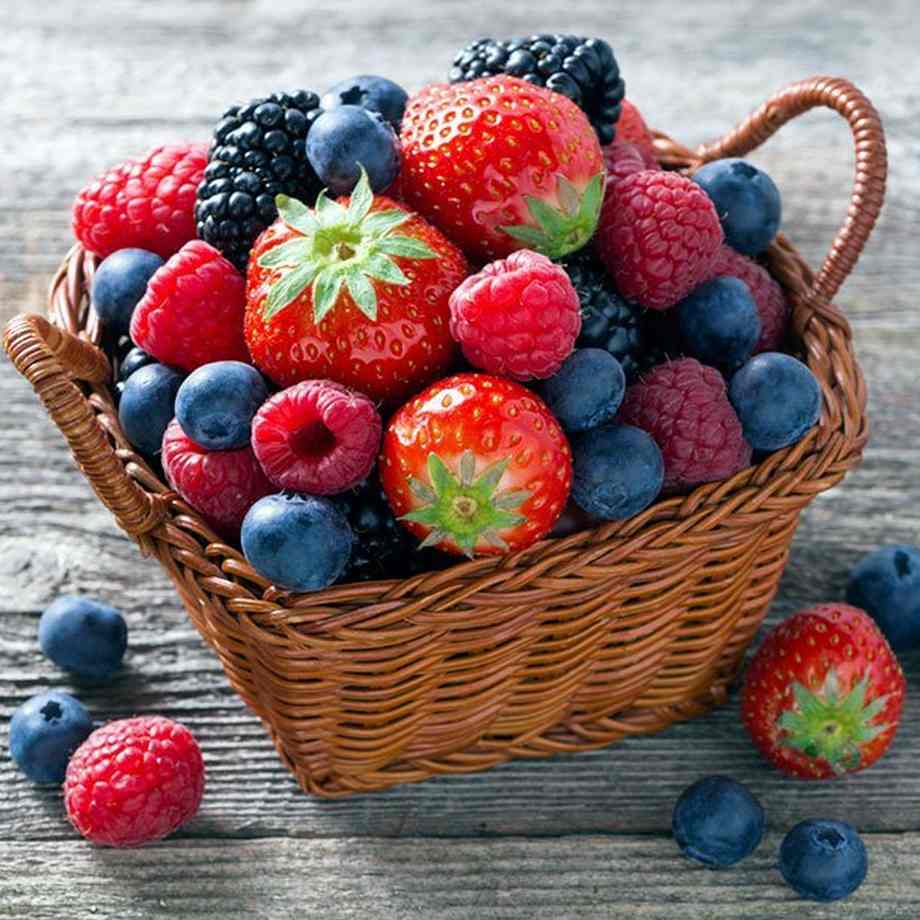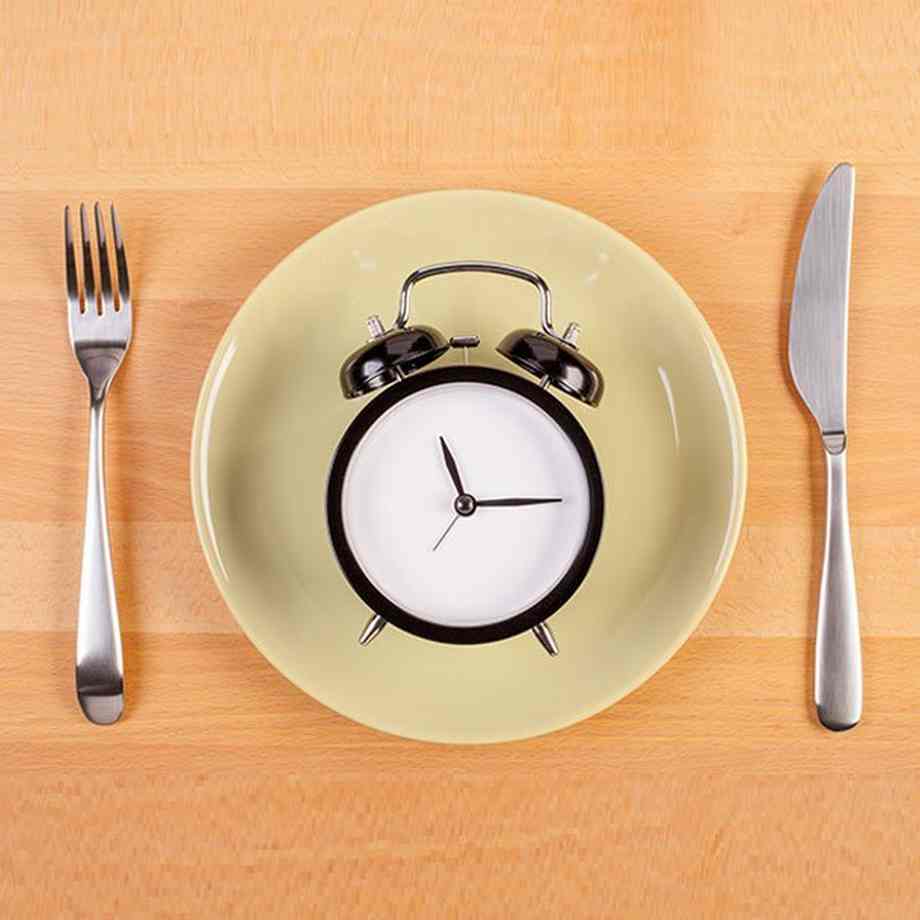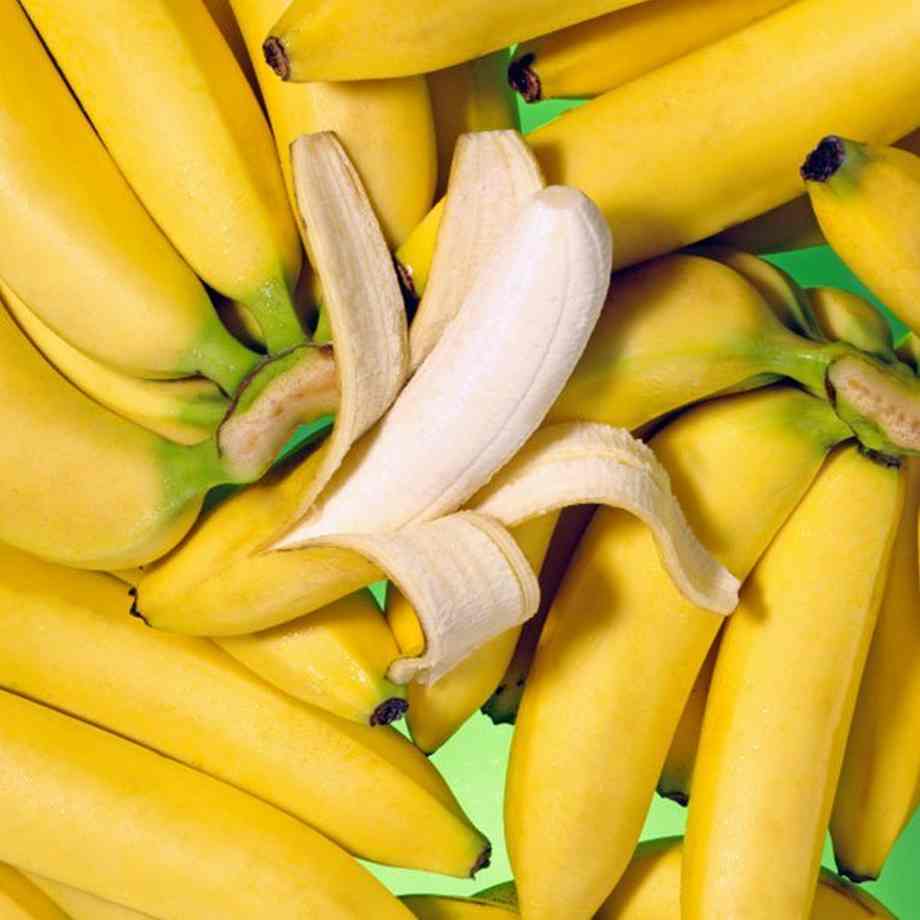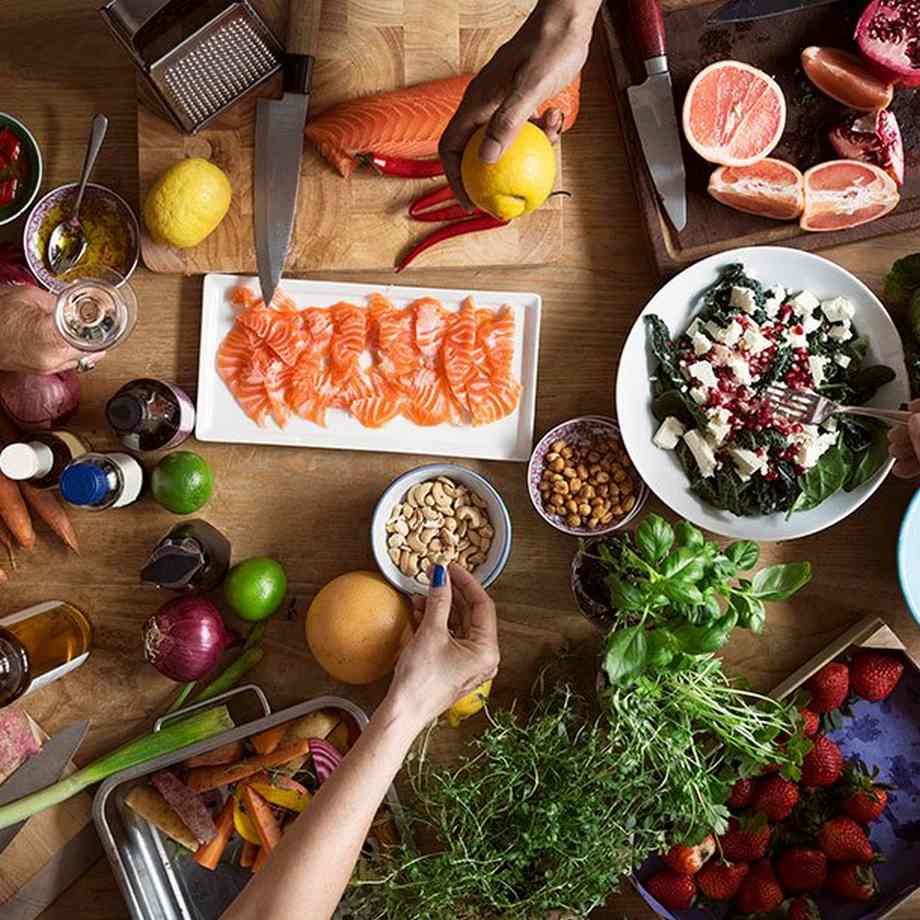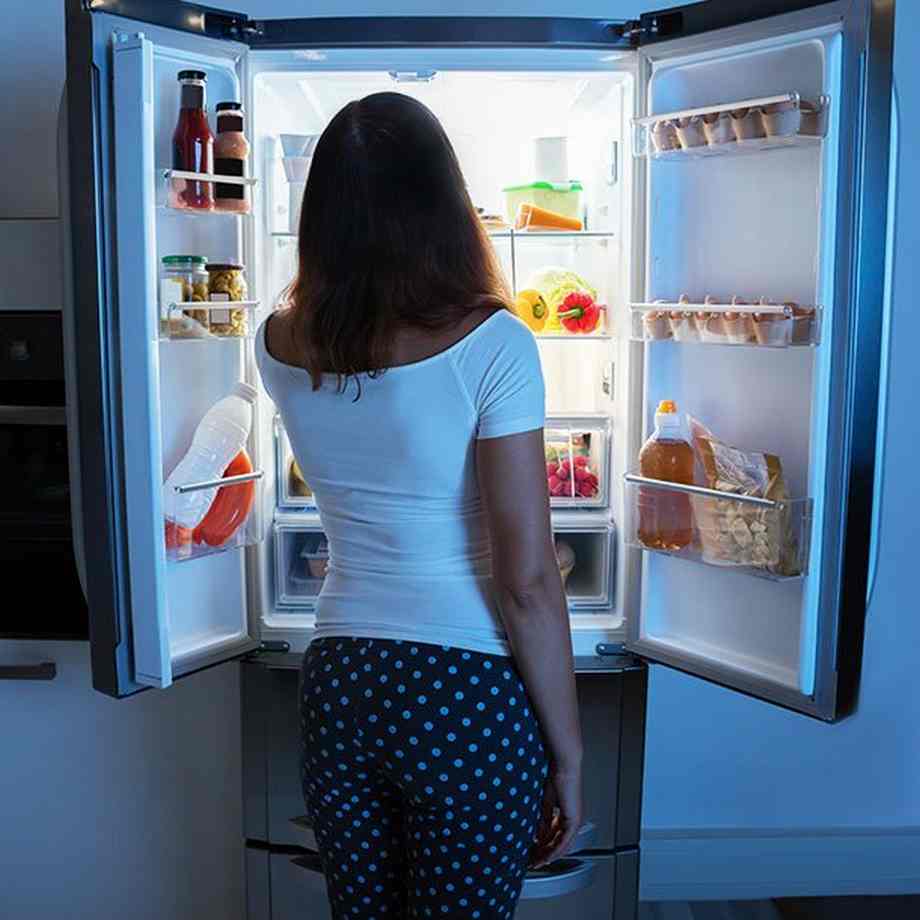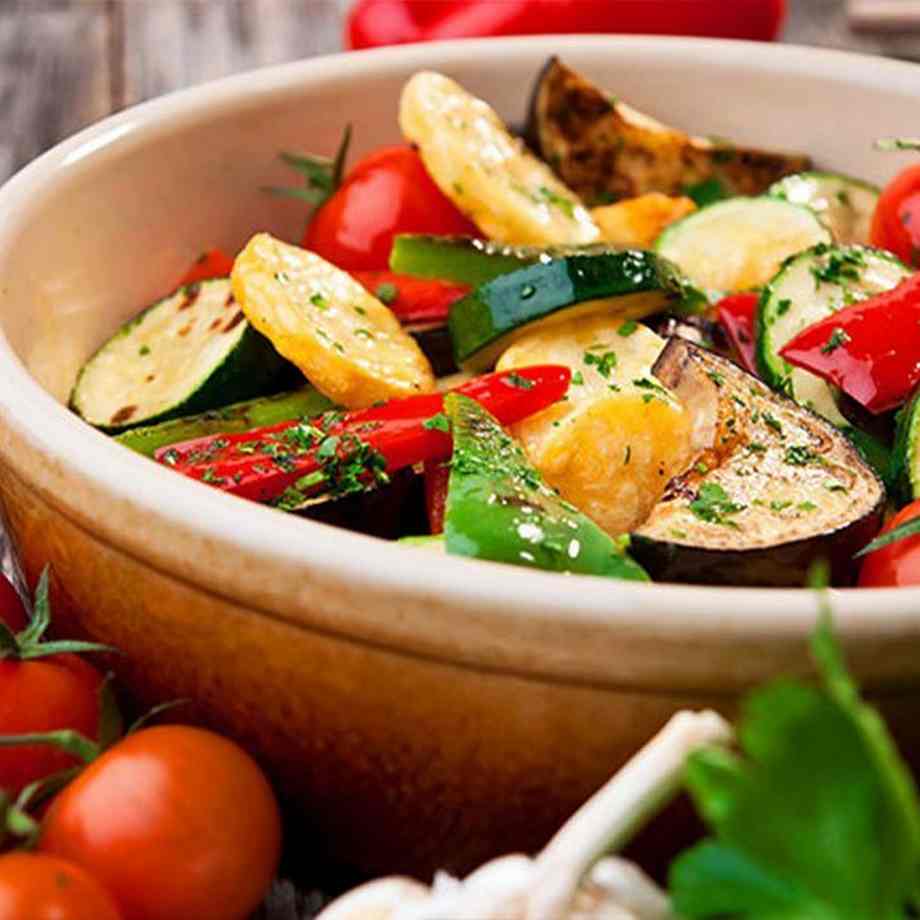
Spring: Spinach
No, it will not provide you with biceps like Popeye’s, however all that fiber, magnesium, and vitamin C are nonetheless nice for you! Add uncooked spinach to salads or prepare dinner it as a aspect dish. (Attempt it with a bit of olive oil and garlic.) Retailer it in in a humid paper towel, positioned in a plastic bag in your fridge. It ought to final for a number of days.

Spring: Rhubarb
It is a signal winter has ended and spring is right here. Although it is technically a vegetable — a really tart one — some individuals (particularly Southerners) prefer to bake it right into a pie. You can too use it in salads, sauces, and different savory dishes. Search for a deep purple colour and agency stalk. It ought to final for a number of days in a plastic bag in your fridge. However do not eat the leaves. They’re toxic.

Spring: Scallions
They are not known as “spring” onions for nothing! That is the season they begin to bloom, they usually proceed into the summer time. They are a recent, mild different to different sorts of onions for salads, garnishes, and toppings. You can too combine them into cooked dishes like omelets.

Summer time: Watermelon
Nothing says summer time like a large slice on a sizzling afternoon. With a lot of water, it helps you keep hydrated. And it additionally has lycopene and different vitamins that make it easier to recuperate while you bike, run, or do different actions. (Nonetheless, take it straightforward exterior if there is a warmth wave.)

Summer time: Beets
They’re typically a wealthy, cherry-red colour, however they might even be golden and even white. You possibly can eat each the roots and the leaves, both cooked (attempt roasting them) or uncooked. And you may retailer the roots in a sealed bag within the crisper drawer of your fridge. Make sure you wash them completely earlier than you prepare dinner them, because the roots develop deep within the dust. And the colour can depart a stain, so that you may need to preserve a cleanup towel useful.

Summer time: Figs
Ripe ones give a bit of while you contact them however should not really feel mushy. You possibly can eat the pores and skin in addition to the flesh inside. Attempt them with some cheese or plain yogurt. Retailer them in a bag within the coldest a part of the fridge. They are a good supply of fiber and potassium, and may preserve for a few days.

Summer time: Zucchini
This green-skinned summer time squash is super-versatile. You possibly can stir-fry it, add it to stews, and even make zucchini “noodles” from it. The rising season stretches from late spring to early fall in some hotter southern states corresponding to Georgia, however it could be shorter in northern states like Maine. Zucchini is low in energy, fat-free, and wealthy in vitamin C.

Fall: Apples
You will get all of them yr spherical at most grocery retailer chains, however there’s nothing like a crisp, domestically grown apple, picked and offered in season. Ask your native market the place theirs are from, or higher but, drive out to the nation and purchase immediately from a farm. They’re fat-free, cholesterol-free, and have loads of fiber, too. Apple peels have plenty of the vitamins, so eat the entire thing.

Fall: Acorn Squash
You may need seen darkish inexperienced ones, however they are often tan, orange, yellow, and different colours too. The pores and skin ought to look boring, not shiny, and the squash ought to really feel heavy for its dimension. Keep away from any which can be tender or cracked. Good ones preserve rather well: as much as 3 months in a cool, dry place. They are a good supply of carotenoids, that are associated to vitamin A and are good to your eyes. You may additionally get vitamin C from this seasonal squash.

Fall: Brussels Sprouts
They appear to be child cabbages, and regardless of what you might have heard, they are often scrumptious while you roast them in your oven or saute them with onions in a pan. They’ve additionally bought a great deal of fiber, which is sweet to your digestion and blood sugar. Plus, Brussels sprouts are one of many “cruciferous” greens (like kale, broccoli, and cauliflower), which have antioxidants which will decrease your odds of most cancers, as a part of a wholesome life-style.

Fall: Cauliflower
It is normally white, however you may discover yellow, inexperienced, and purple ones too. The completely different colours are indicators of various antioxidants that assist shield your cells from harm, or “oxidation.” Farmers sometimes harvest it within the fall, although the rising season varies relying on the area. Some locations, like Indiana and Kentucky, also have a second rising season in late spring and early summer time.

Winter: Candy Potatoes
Farmers may begin to decide them within the fall, however this continues into the winter in lots of areas. It is arduous to think about the Thanksgiving desk with out them. Search for small or medium sizes with easy, unmarked pores and skin. They need to preserve for 3 to five weeks in a cool, darkish place. They are a good supply of nutritional vitamins A and C, and potassium.

Winter: Collard Greens
Southerners prefer to prepare dinner these slowly in a pot with some sort of meat. You need to use turkey as a substitute of pork to chop down on energy and fats. Or you’ll be able to prepare dinner them with olive oil, onion, and garlic. Search for darkish leaves with no yellow. They need to preserve in your fridge for about 5 days. They are a good supply of nutritional vitamins A and C, in addition to folate, calcium, and fiber.

Winter: Citrus Fruits
Oranges, grapefruits, and tangerines to call a number of: They ripen to their greatest in most areas within the winter months. You possibly can eat them complete, or use the juice in sauces, salsas, and marinades. Or simply drink it. They’ve a lot of vitamin C, they usually’re particularly tasty after they’re recent and in season.


